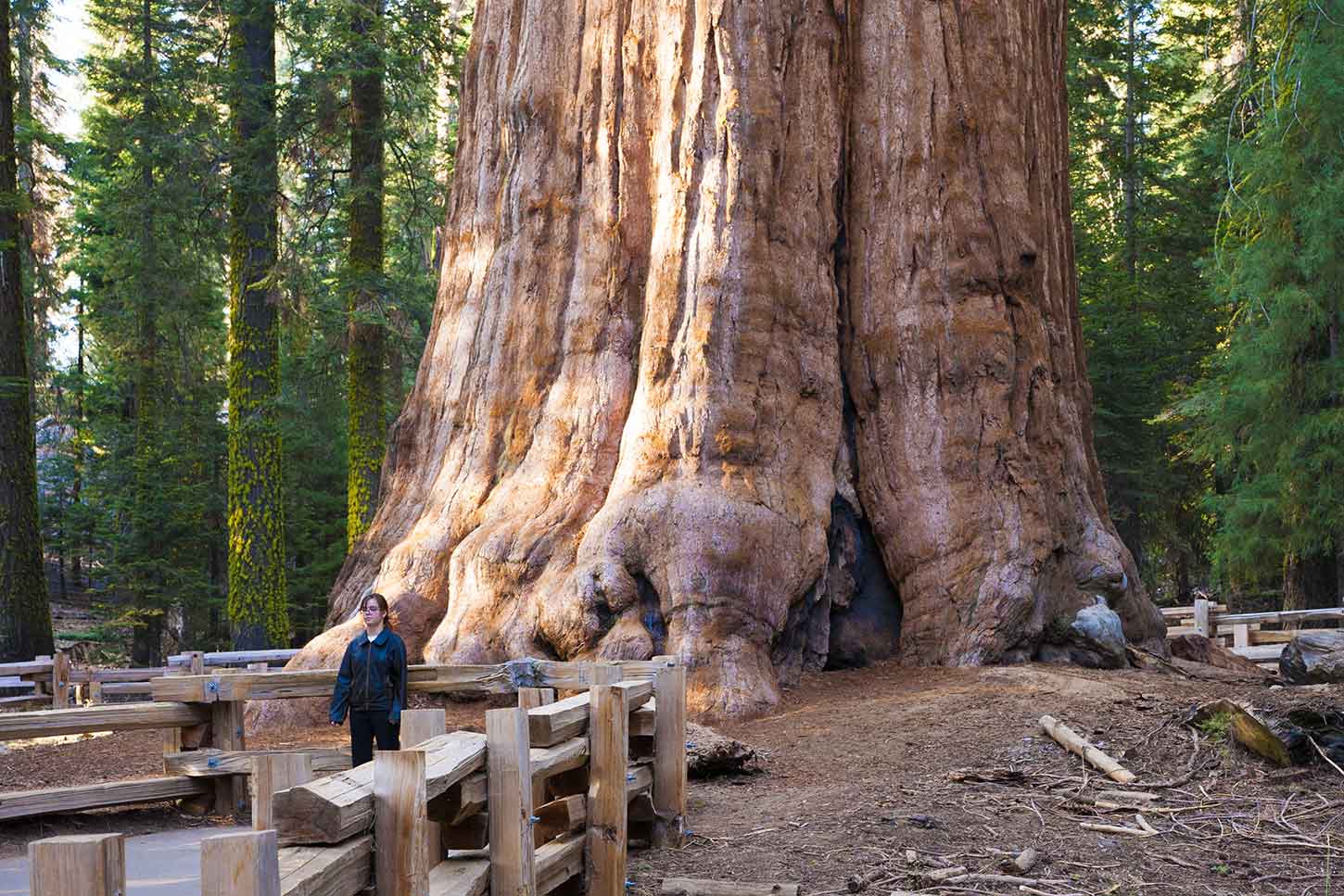 |
| Marco Canora outside Brodo. |
NYC restaurant 'Brodo' charges $3.50 for a small paper cup of the nutrient-rich elixir. (I can't help think of 'Brondo' - which I believe has electrolytes, lol.)
Like an espresso drink, the broths at Brodo can be customized, with add-ins like grated fresh turmeric, house-made chile oil and bone marrow from grass-fed cattle, which transforms plainly delicious broth into a richly satisfying snack.
“It’s been known through history and across cultures that broth settles your stomach and also your nerves,” said Sally Fallon Morell, an author of the new book “Nourishing Broth.” “When a recipe has that much tradition behind it, I believe the science is there too.”
The difference between stock and broth is elusive in the bowl but clearer in the kitchen. Many people use the terms interchangeably, but strictly speaking, both broth and stock include bones and meat, but stock has a higher proportion of bones to meat. And to those who have taken up “broth-ing,” it is the content of the bones — including collagen, amino acids and minerals — that is the source of its health benefits. Extracting the nutrients from bones is accomplished through long cooking and by adding some acid to the pot, like vinegar, wine or a bit of tomato paste, which loosens and dissolves the tough bits.Of course you can make your own. Pleeeaaase make sure if you're using beef bones that they're grass fed. As always lamb/bison is a better choice since we haven't figured out how to factory farm them. Ask your butcher, even a grocery store butcher.
On a recent episode of paleorunner.org podcast (no relation to this blog), Aaron interviews Dr Paul Jaminet and they discuss making bone broth. Great advice in there, such as how to: make small batches and store as your liquid additive to anything you're cooking; pour out the first simmered top to remove bacteria and particulate matter, etc. Cook with it, or take a shot every once in a while.
Links:
PR90 Paul Jaminet - How to live the Perfect Health Lifestyle. At time 23:48, Paul discusses his bone broth making procedure.
NYT article about Brodo
